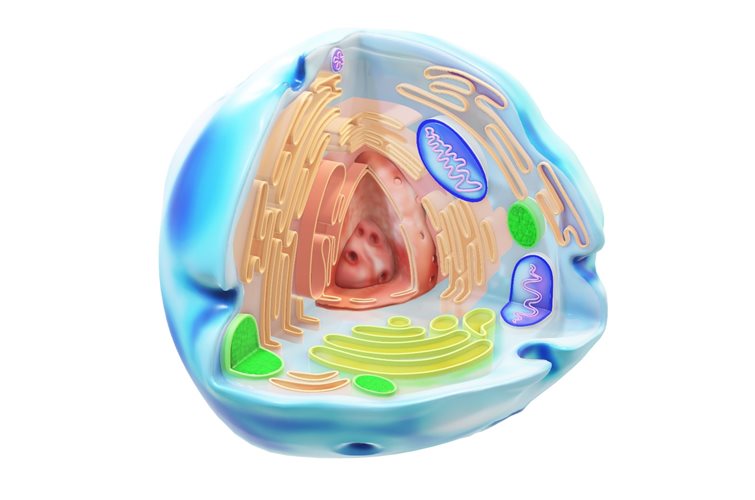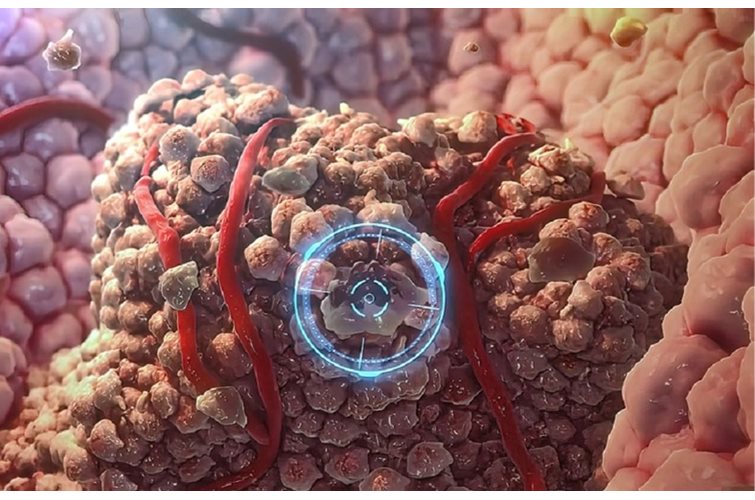Exosome protein glycosylation patterns

Glycosylation is the addition of glycan groups to proteins. This affects about 50% of proteins, including exosomal proteins, modulating their function. This impacts and reflects states of health and disease. As well as characterizing exosome glycosylation states for diagnostic purposes, glycosylation control strategies for therapeutic applications are in development.



